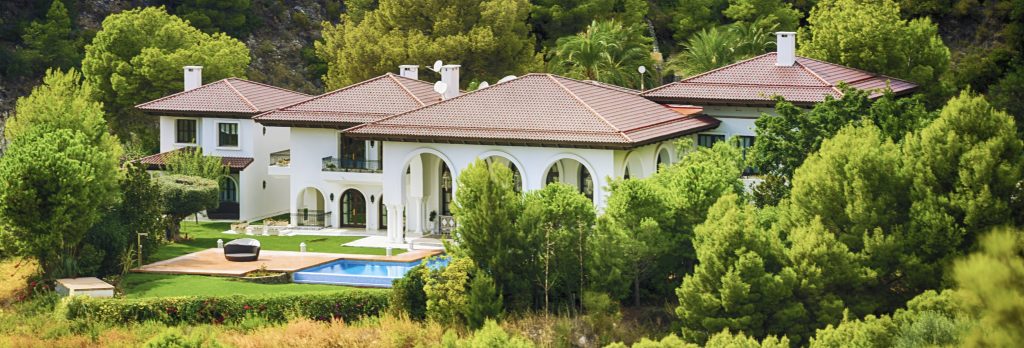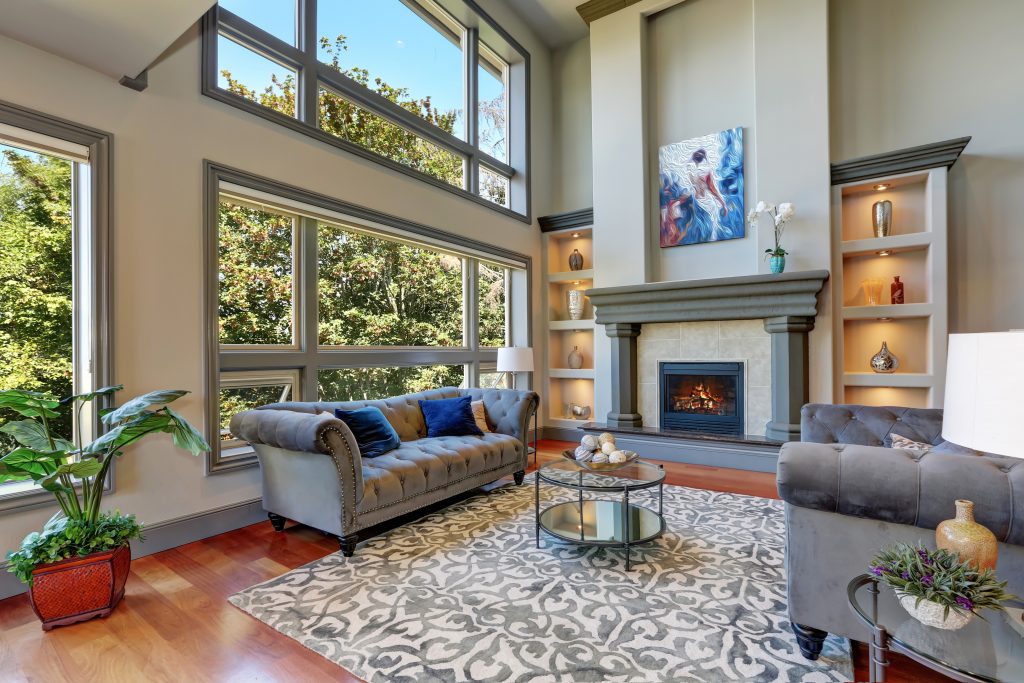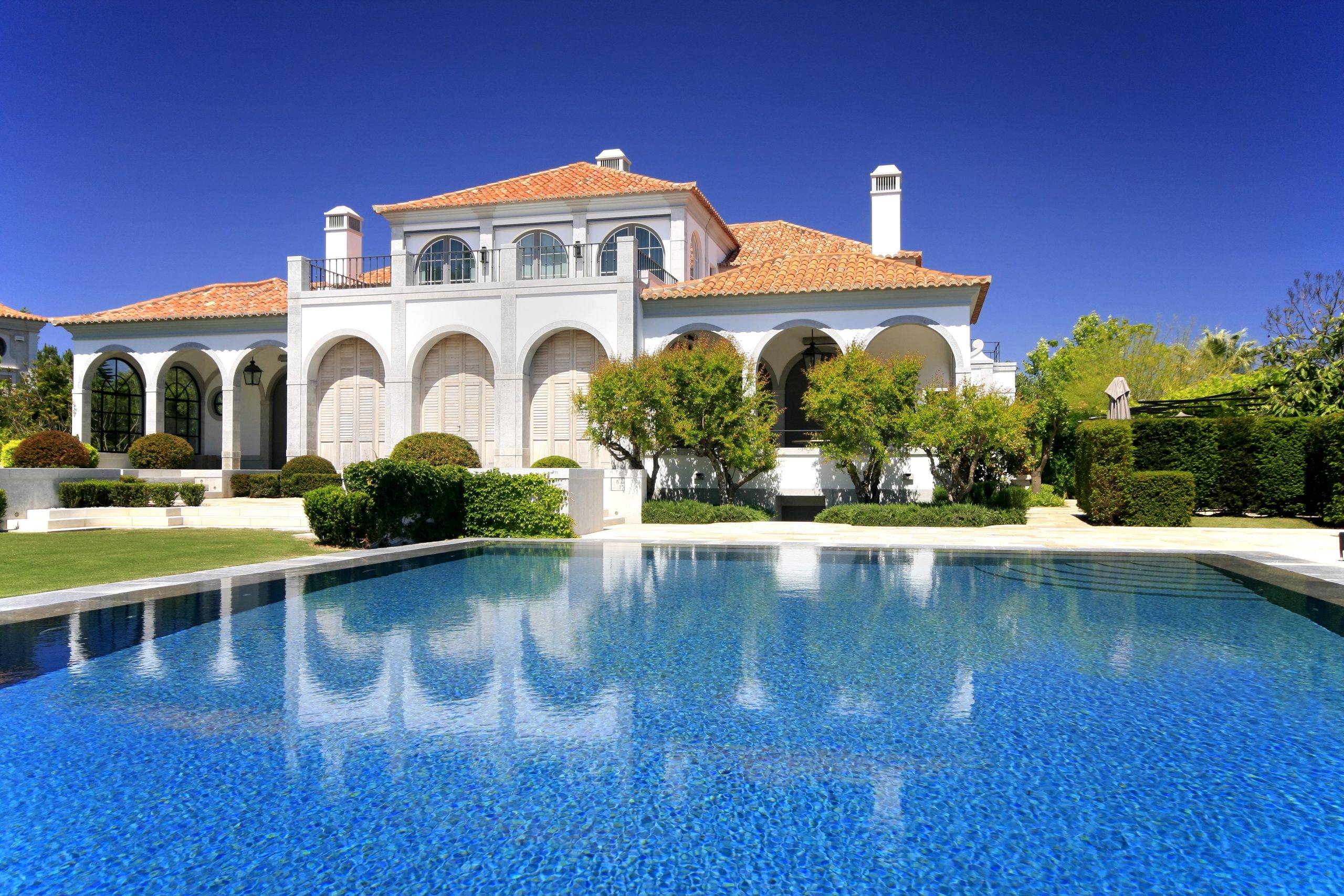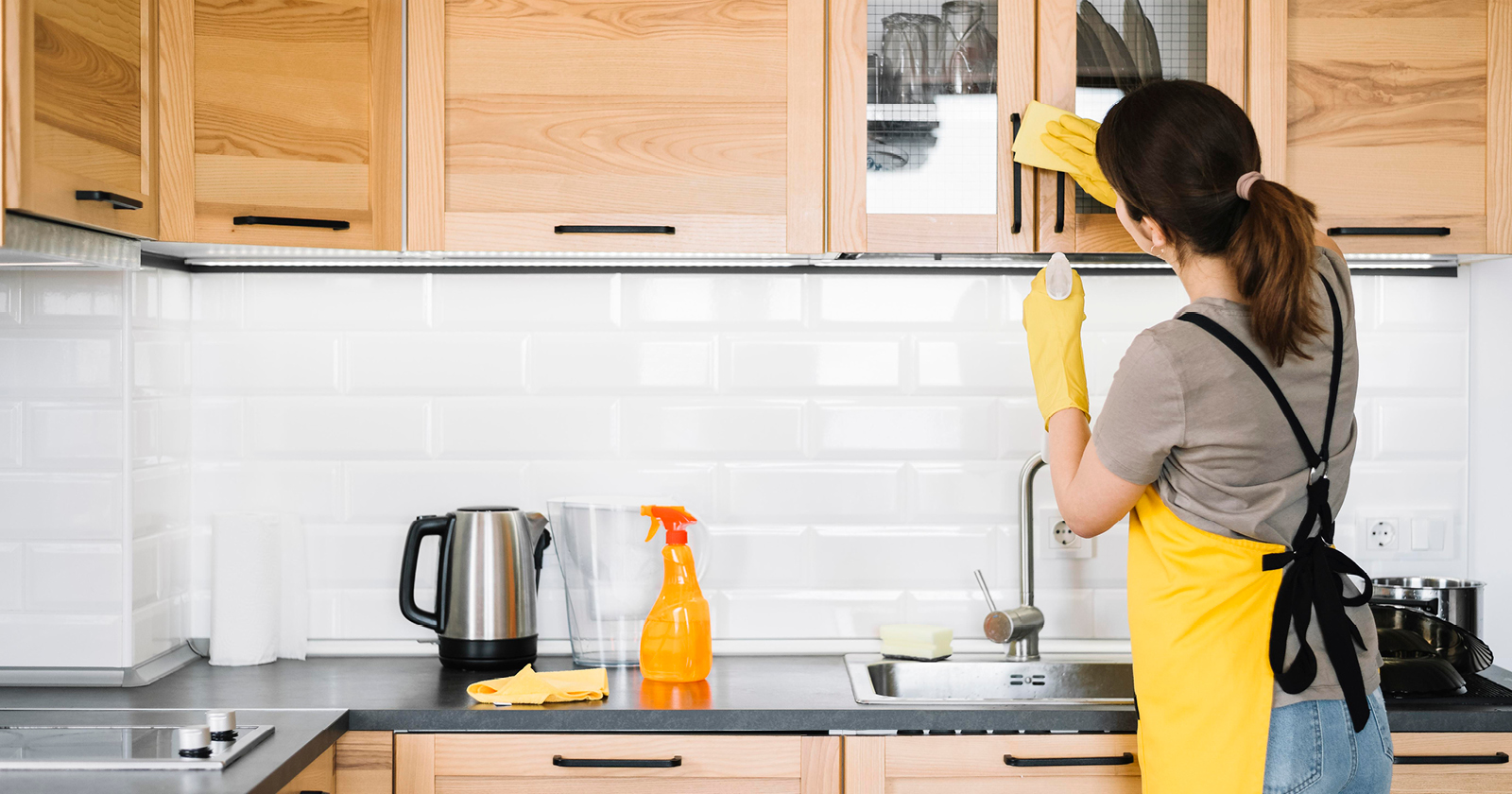While most property owners sell their new homes within less than ten years, many embrace the idea of passing them down to future generations. Known as legacy real estate, these homes maintain their historical and cultural significance over multiple generations. Consider these compelling motivations for building legacy properties, as well as these tips for customizing your home to meet the evolving needs of growing families for many decades to come.
Why build a legacy property?
A well-designed legacy home is a timeless creation conceived with care and designed with a broader purpose. It’s a shelter and a haven for your family now and a letter to future generations about who you were and how you lived. It also provides generational wealth and meaningful memories that are often diminished by the selling of a home.
Immensely rewarding for current and future generations, building a legacy home is an exhilarating, emotional project. At the same time, it also requires a forward-thinking perspective that considers the potential needs of future loved ones and the ever-evolving trends that come with modern living.

Create timeless appeal
A generational home’s architectural theme can be difficult because the whole notion of style is temporary. It’s great to have modern aesthetics within a luxury home. To age gracefully, however, these need to be anchored to enduring architectural themes.
Trends come and go, but timeless themes endure. These designs exude a sense of simple, quiet confidence. They are sophisticated but also inviting. Combining a multi-layered approach, the style balances the feeling of being both curated and lived-in. In almost every instance, a timeless home is neither boring nor over the top.
A legacy home that’s rooted in historical styles will remain appealing over the long term as long as it includes plenty of contemporary elements. Many people prefer to avoid dated concepts, such as formal dining rooms, in favor of more open plans.
In general, you can’t go wrong with natural finishes and materials. It’s fine to add a fair share of personal touches as long as you leave room for alterations in the years to come. This could be statement lighting, natural stone countertops or anything else that can be refreshed down the line with minimal remodeling. Whatever the case, a house that incorporates classical styles will always be appealing as long as it focuses on function and leaves room for elements from today’s life.
Invest in quality
Since legacy real estate is meant to last, it should be built from fine materials. From the roof to the flooring, every facet requires thoughtful investment to create a durable, low-maintenance living space that will be a gift to future generations and not a crumbling liability.
High-quality materials promote durability while keeping ongoing costs manageable. This doesn’t just mean things like Italian marble countertops or decorative granite mantelpieces. It can also mean wooden herringbone floors, top-of-the-line stainless steel appliances and premium roofing with a lifespan of at least 30 to 40 years. Higher-quality materials will be more energy-efficient, require less upkeep and demand infrequent replacement. This is especially important if you plan to build in harsh climates with intense heat or heavy snowfall.
Leave room for growth
Building a legacy home means planning for today with an eye toward the future. If you’re hoping to pass the home onto your family, you want to make sure it will provide enough space to support their evolving needs. This doesn’t mean you have to build a sprawling estate; just make sure the home has the ability to adapt to shifting circumstances and expanding families.
A finished basement can be transformed into an expansive living space for children. An extra loft over the garage could be converted into an office or spare room. Whether you choose to build vertically or horizontally, the key is leaving room for incompatible activities, whether it’s reading, napping, listening to music or playing noisy games.
With generational-style homes, there tend to be varying age groups living beneath a single roof. As long as you have more than one gathering space for activities, everyone will have a place to go and do their thing without disrupting the others.
Informed by the past and inspired by the future, a legacy property is more than a generational wealth creator; it’s a piece of history that tells future generations where they come from. When built with an eye toward evolving trends, these luxury properties maintain a timeless appeal that makes them a beautiful place to live in now and for generations to come.



